Vital to the fusion process and used in a wealth of technological applications, new research shows quantum tunneling is still delivering surprises.
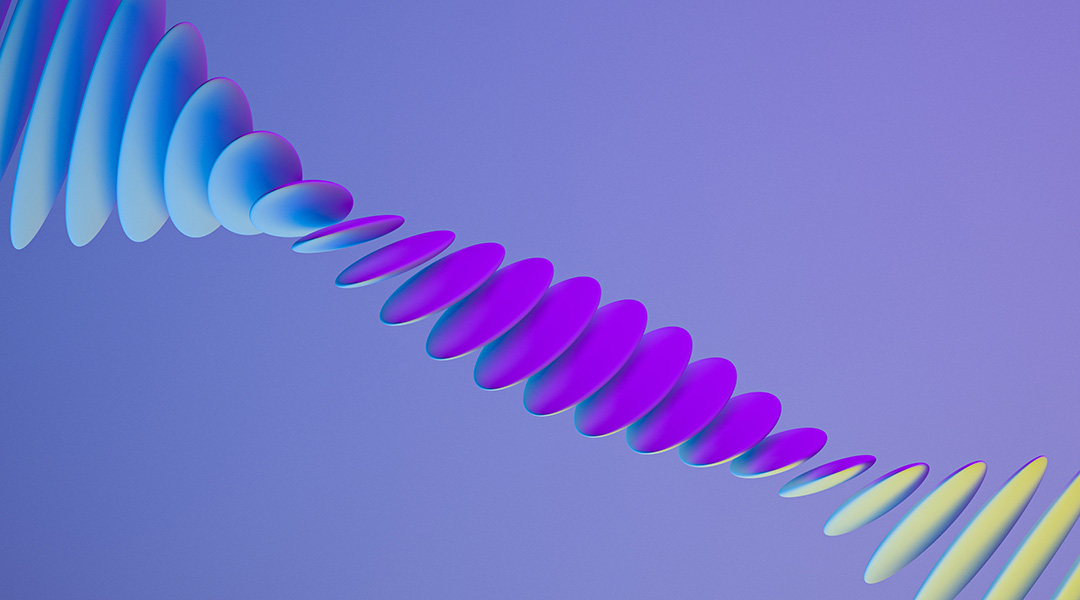

Vital to the fusion process and used in a wealth of technological applications, new research shows quantum tunneling is still delivering surprises.
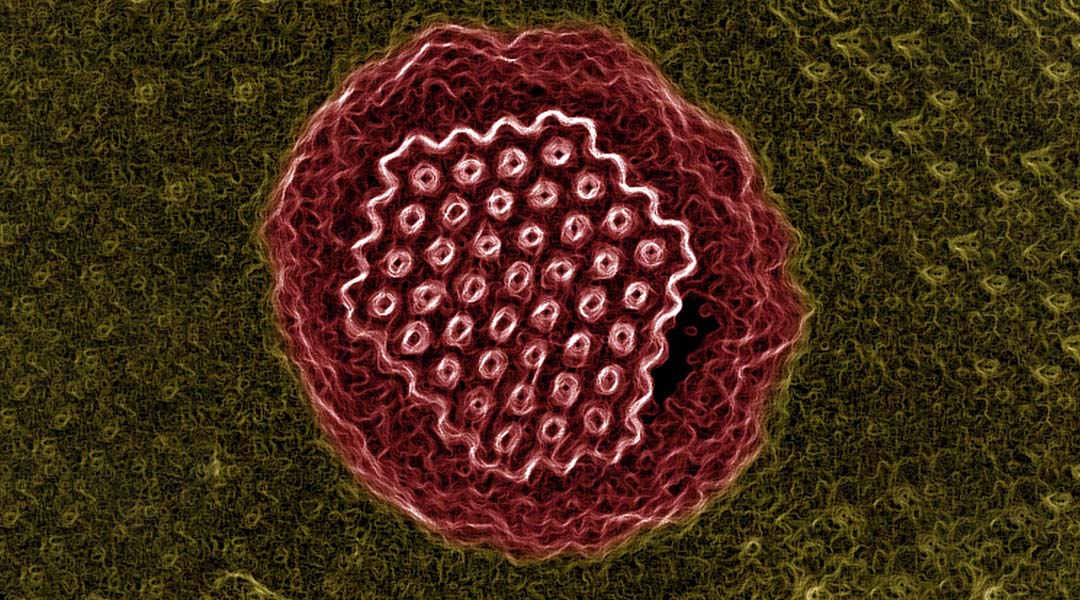
How seven ancient viruses ranging in age from 27,000 to 48,500 years were recovered from the Siberian permafrost, and what researchers hope to learn from them.
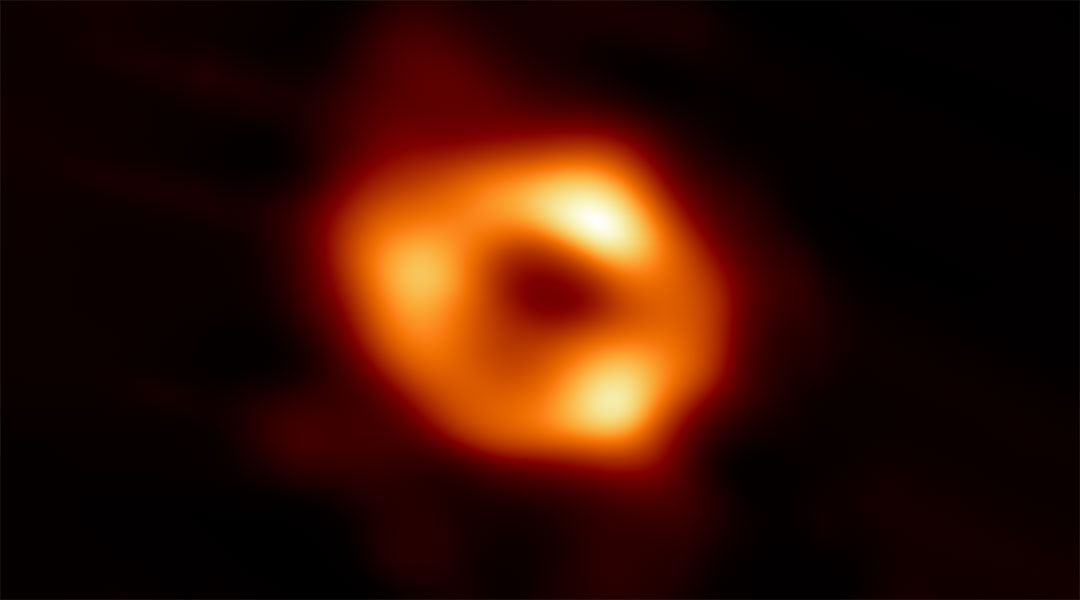
Imaging a black hole is not an easy thing, it takes years of experiments, collaborations, grants, planning, and no small amount of luck.
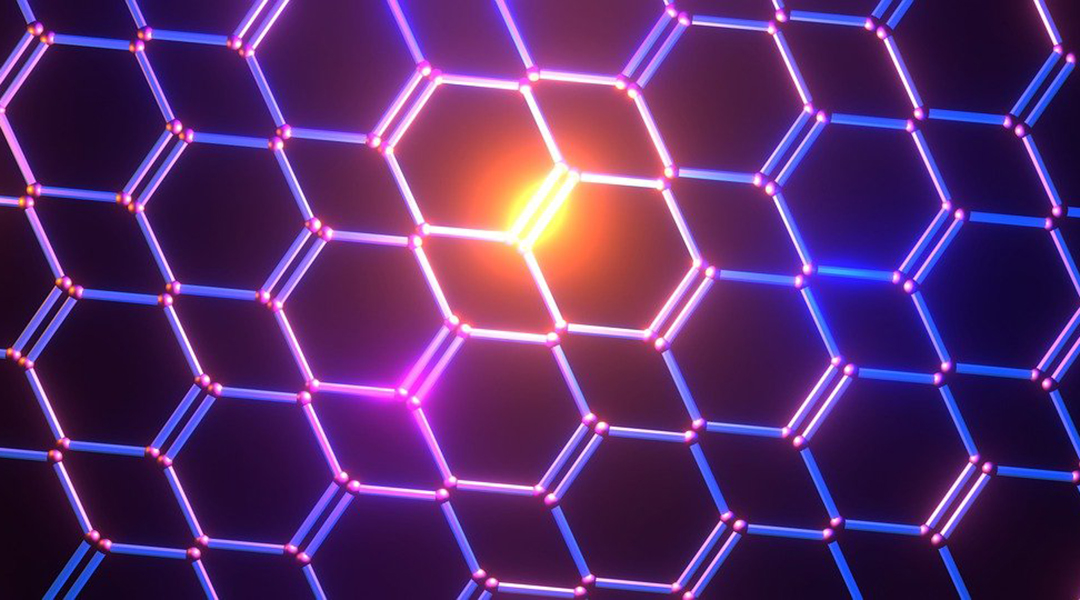
Using bilayered graphene, physicists explore the possibility that our reality is only one half of a pair of interacting worlds.

Researchers explore how manipulating the properties of chocolate metamaterials can change our enjoyment of it.
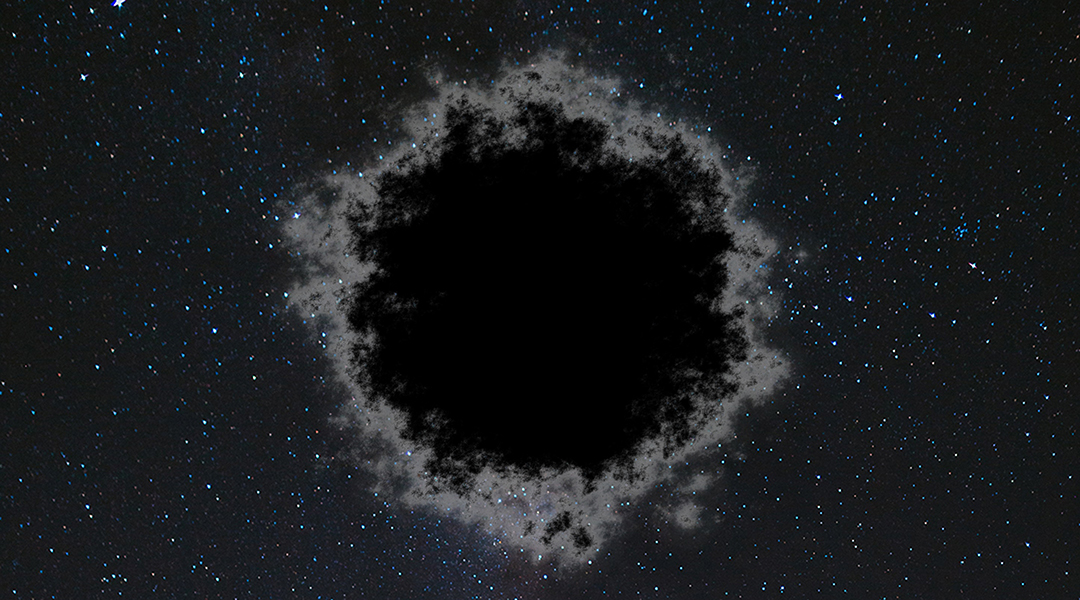
Scientists have turned to string theory to better understand black holes, proposing they can be modeled as “fuzzballs” made up of interacting strings.
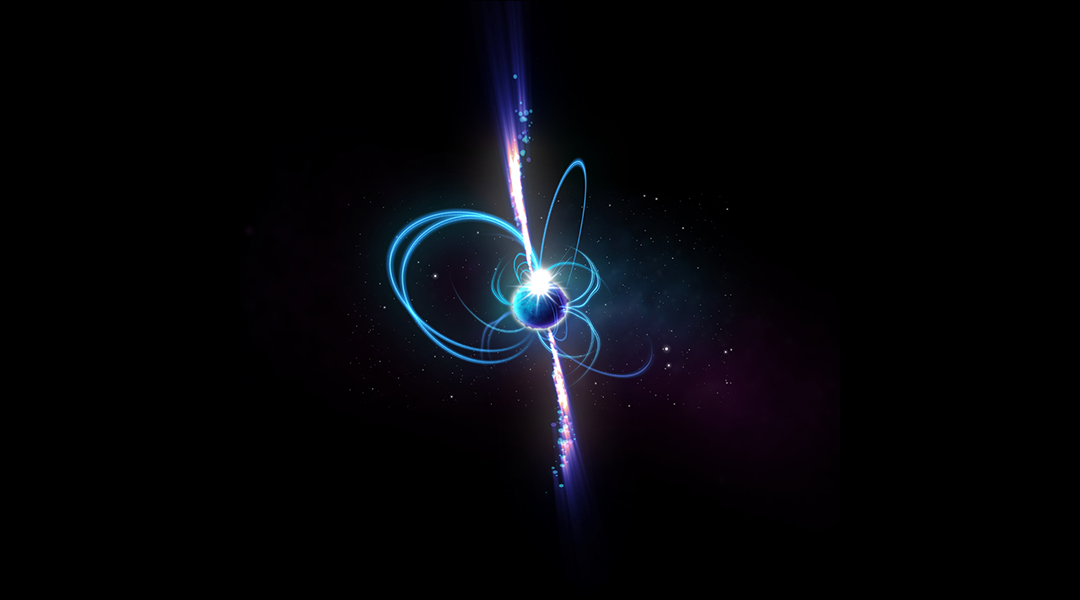
Scientists have observed a peculiar object emitting radio waves once every 20 minutes, and it may be a new kind of neutron star.
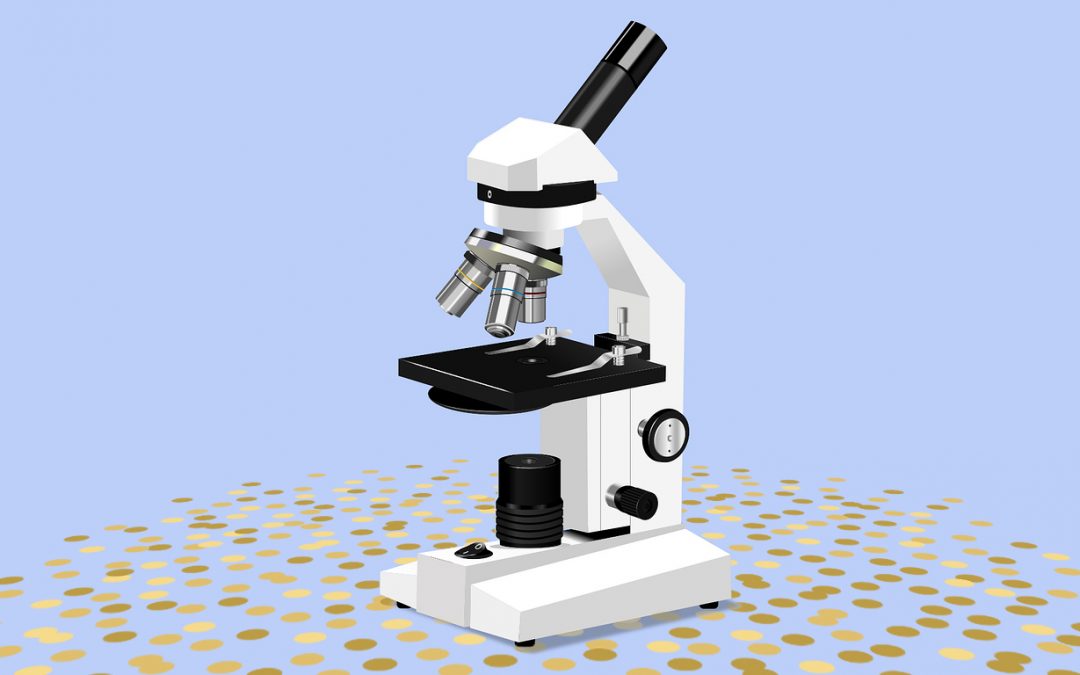
Catch up on some of the most exciting and impactful developments in science from this year, published on ASN and selected by our editors.
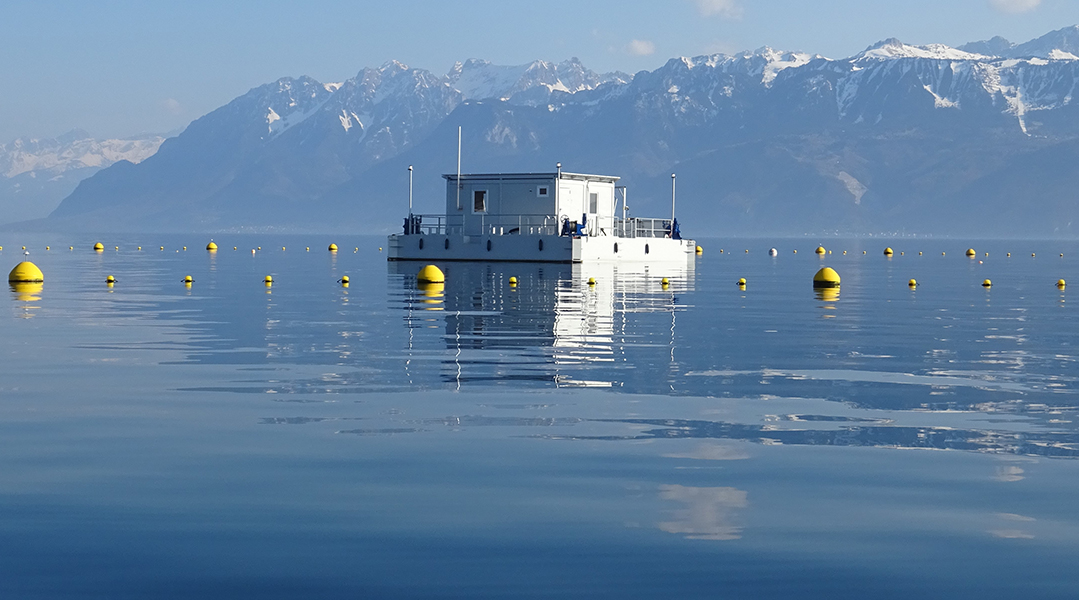
The LéXPLORE floating laboratory in Switzerland is providing unique insights into the changing environment of Lake Geneva.
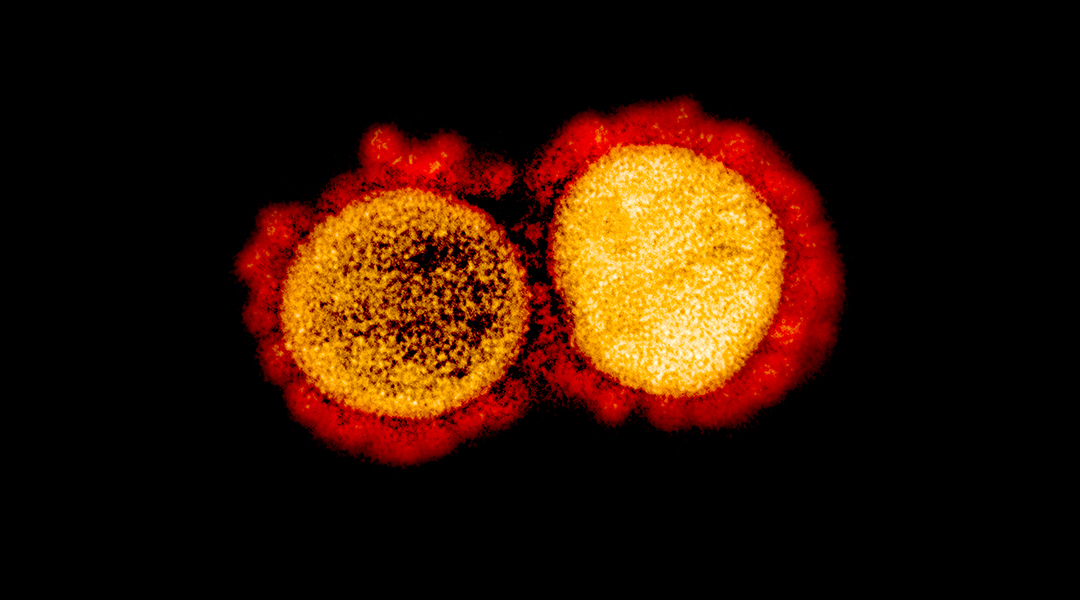
US company second to report impressive efficacy for its COVID-19 vaccine candidate.